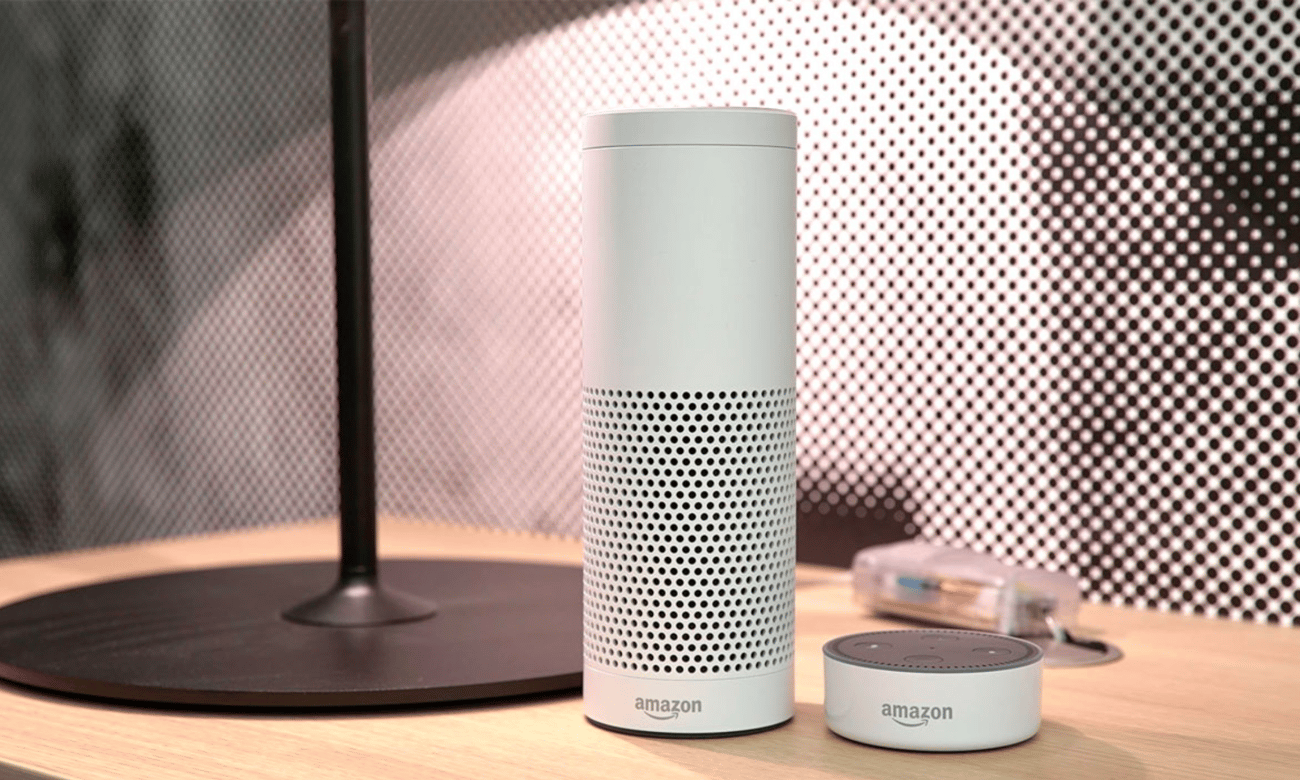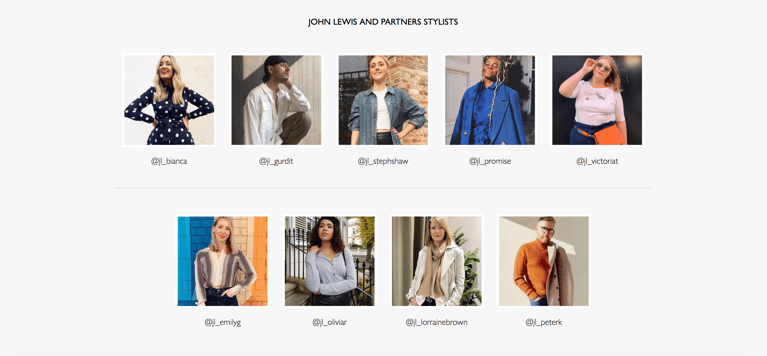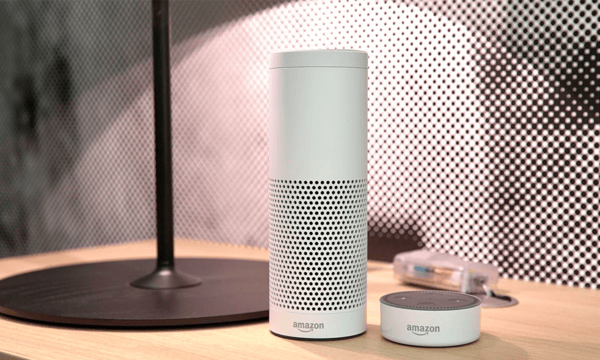The revolution of conversational commerce

The revolution of conversational commerce
Since the trade has started, retailers have been using conversation to drive sales and understand the customer’s needs. Today, after many years down the line, the conversation is constant between the sales associates and the customers. But, the format has changed, from physical one on one conversation to AI Styling Assistant. These conversations over digital format can be automated and this automated experience refers to as conversational commerce.
“It seems pretty obvious now that the first inclination of most people when they want to talk to a friend or a family member is to text them. It’s crazy this hasn’t come to businesses yet. The first businesses that are able to fully embrace this and be as responsive and communicative as a friend will be able to drive significant new relationships with their customers and ultimately increased business. This isn’t a matter of if, just when. The technology is coming along fast.” — Josh Elman, VP Product at Robinhood and Venture Partner at Greylock
What makes conversational commerce as a big opportunity?
It is a two-way communication process where each and every question/query from the customer is listed properly and taken care of. As a result, it just doesn't reply them with the solution but has the ability to learn from the customers which helps the brand to build a relationship with the customers.
Connect with 2–5x more customers than you’ve previously done over email.
Stores using conversational commerce, in the right way, are increasing annual revenue by 7 to 25%.
The massive distribution of conversational commerce provides the ability to communicate with each of the customers in a private and personalized environment.
Let's chat for a more personalized shopping
For digital-savvy customers, it works like wonders. The experience of conversational commerce is beneficial and can add value to every stage of the customer journey, ranging from the product search, buying and then giving the feedback. Chatbots are one such example that are taking the conversations one step further by having human-like conversations due to artificial intelligence, that has improved customer experiences manifold and made it easier for the customers to purchase.

Valentino and Gucci are using AI Chatbot while John Lewis proposes to its clients a personal styling service. Customers are booking free one-to-one video appointments with personal stylists from the John Lewis Style Studios. Victoria or Peter will help them find outfits and streamline their wardrobes.
The appointments can be booked via the John Lewis Instagram account of the stylist, who will then follow up with a personalised email detailing all that was discussed.
With this kind of services Retailers can emerge as game-changers in the shopping journey of customers by boosting customer engagement, making the buying process hassle-free and definitely providing the better customer experience by being present 24x7.
Hey, voice partner
The use of smart speakers such as Google Home and Amazon Echo has already increased dramatically and is expected to keep growing. Voice shopping is estimated to grow $40 billion in 2022 whereas Chatbot market size is set to exceed $1.34 billion by 2024. These numbers are giving us the potential and vision of increasing market share in the coming years. Having said that, the application to use chatbots and voice assistants is different in terms of accessibility. A messenger chatbot might be more tempting to use due to its easy access through phone whereas, for voice assistants, consumers need to get a new smart speaker device. This gives us a glimpse of a potential market where voice activated chatbots can emerge as the ideal interface for interaction.

Beauty marketer Estée Lauder has also embraced the new trend by collaborating with Google on a personalized voice-activated tool for Google Home. Estée Lauder Nighttime Expert application allows the customers to get personalized beauty tips and recommendations, curated by the brand, delivered to them just by asking their Google Home device.
"We are thrilled to collaborate with Google to be at the forefront of creating personalized consumer beauty experiences via the emerging world of voice activation," said Stephane de La Faverie, Global Brand President, Estée Lauder. "Combining our beauty expertise with Google's technology allows us to build on our digital evolution and offer the latest innovation to further enhance our consumer experience."
Conclusion
The combination of personal assistance with virtual shopping has been a ticket to high sales and better customer experiences. Of course, the bots and voice assistants will need to evolve and improve in order to keep up with expectations and pique interest. But, this era of conversational commerce has started to revolutionize the e-commerce business by creating a much more interactive experience. It also gives voice to the client in a convenient way and brings along more flexibility in the relationship.
If you wanna know more about the subject, please have a look at Conversational Commerce #1, written by an expert Viviane Paraschiv.
MORE ARTICLES BY THIS AUTHOR

Alice


.png?width=330&name=VM%2010%20insights%20Resized%20Hubspot%20Header%20(1600%20x%20800%20px).png)
.png?width=330&name=BLOG%20COVER%20(1200%20x%20630%20px).png)
